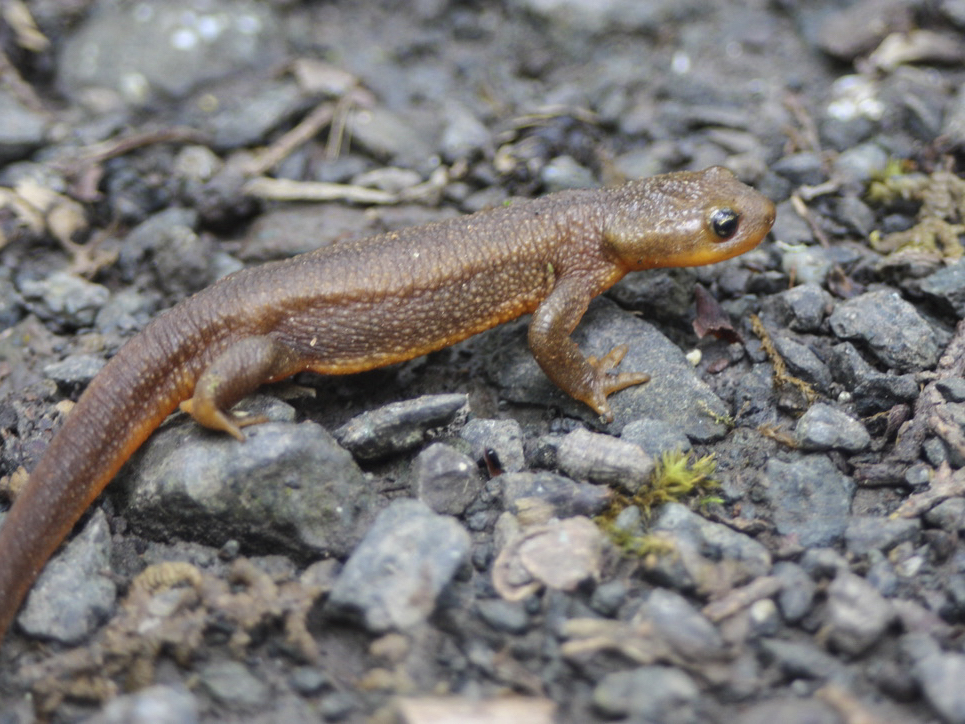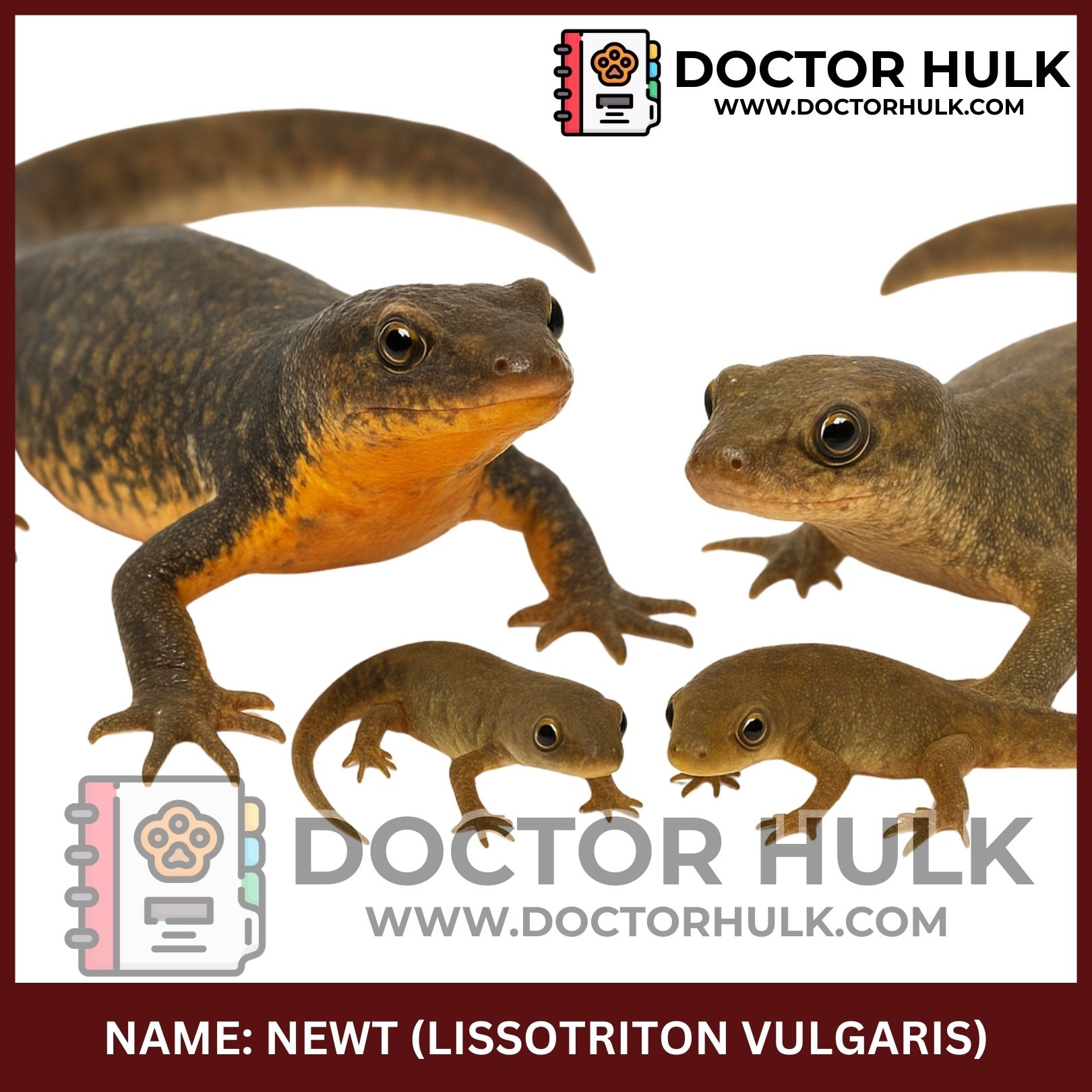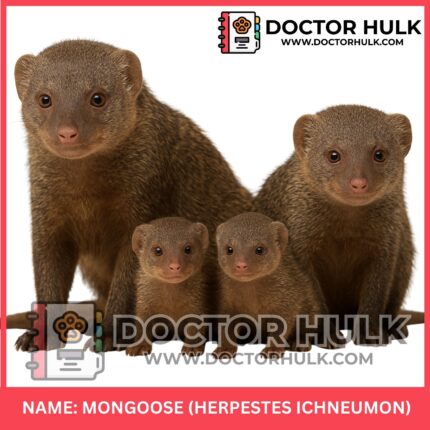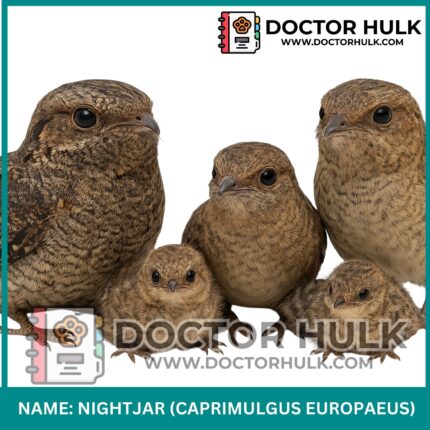Newts may be small, but they’re some of the most amazing creatures in the animal kingdom. With their quiet nature, soft skin, and strong survival skills, newts are fascinating to watch and learn about. In this blog post, we explore the life of a newt, what it looks like, where it lives, and how it helps the world around us.
Scientific Classification
-
Kingdom: Animalia
-
Phylum: Chordata
-
Class: Amphibia
-
Order: Urodela
-
Family: Salamandridae
-
Common Genera: Triturus, Cynops, Notophthalmus
Newts are a group within the salamander family. All newts are salamanders, but not all salamanders are newts.
Common Names
Newts are usually just called “newts” in English. In some places, they may be called “water lizards” because of their long tails and love for swimming. However, they are not reptiles like lizards, they are amphibians.
Geographic Distribution
Newts are mostly found in:
-
Europe
-
North America
-
Asia
-
North Africa
They prefer cool, wet places such as ponds, streams, marshes, and forests with soft, damp soil.
Physical Characteristics
Newts are small, slender animals that look like a mix between frogs and lizards.
-
They grow to about 7–17 cm in length.
-
Their skin is moist and smooth or slightly rough.
-
They have long tails and short legs.
-
Some have bright orange or red bellies to warn predators they are toxic.
 Image showing a smooth-skinned newt (Source: Salish Magazine)
Image showing a smooth-skinned newt (Source: Salish Magazine)
Life cycle & metamorphosis
Newts go through several life stages:
-
Egg – Laid in water by the female.
-
Larva – Hatches and looks like a tiny fish with gills.
-
Eft (Juvenile) – Develops legs and lives on land.
-
Adult – Returns to water for breeding.
This process is called metamorphosis, like in frogs and butterflies.
Major types of Newts
Eastern Newt (Notophthalmus viridescens)
Found in North America, this newt is known for its orange-colored juvenile stage called the “red eft.”
-
Size: 7–12 cm
-
Habitat: Forests and ponds
-
Lifespan: Up to 15 years
 Image showing an eastern Newt with orange skin crawling over a leaf (Source: Dreamstime)
Image showing an eastern Newt with orange skin crawling over a leaf (Source: Dreamstime)
Smooth Newt (Lissotriton vulgaris)
Common in Europe, it has smooth skin and is easy to spot in backyard ponds.
-
Size: 8–10 cm
-
Habitat: Gardens and slow streams
-
Temperament: Calm and gentle
 Image showing a smooth newt in the garden (Source: Wikipedia)
Image showing a smooth newt in the garden (Source: Wikipedia)
Fun facts about Newts
-
Newts can regrow legs, tails, and even parts of their heart or eyes.
-
Some newts produce toxins through their skin to keep predators away.
-
They return to the same pond every year to breed.
-
Newts help control insects like mosquitoes in ponds and gardens.
-
Scientists study them for their amazing healing powers.
Importance to Humans
Newts help us in several ways:
-
They eat pests like flies and mosquito larvae.
-
They are used in medical research for tissue repair and regeneration.
-
They are part of the food chain, feeding birds and fish.
However, some species produce toxins that can be dangerous if touched and not washed off.
Health & common issues
Newts can suffer from health problems, especially in captivity or polluted environments.
Common health concerns:
-
Skin infections from dirty water
-
Parasites like flukes or worms
-
Fungal diseases like chytrid fungus
-
Stress from improper handling
Veterinary tip: Always keep their tank or pond clean, and handle them gently with clean hands.
Conservation Status
Many newt species are protected or threatened due to:
-
Habitat loss
-
Polluted water sources
-
Illegal pet trade
In some countries, it is illegal to collect or disturb wild newts.
Newt vs Salamander
| Feature | Newt | Salamander |
|---|---|---|
| Tail shape | Flat and paddle-like | Rounded and thick |
| Habitat style | Lives both on land and water | Often lives more on land |
| Skin texture | Rougher, more toxic | Smoother, moist |
| Movement | Slower, crawl-like | More agile and quick |
If you ever find a sick or injured newt, or want to learn more about them, you can reach out to us at Doctor Hulk Veterinary Hospital, or simply call 08143397614.













Reviews
There are no reviews yet.